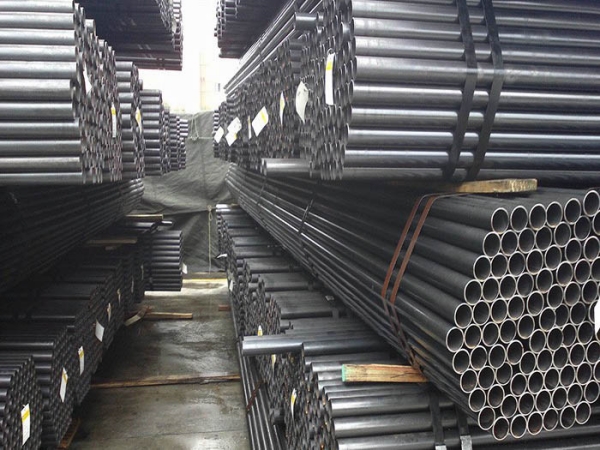El proceso de fabricación de tubos para calderas implica varios pasos para producir tubos que puedan soportar altas temperaturas y presiones en los sistemas de calderas. Las tuberías de calderas suelen estar hechas de acero al carbono, acero aleado o acero inoxidable, según los requisitos específicos de la aplicación. A continuación se ofrece una descripción general del proceso de fabricación.

Materias primas:
El proceso comienza con la selección de las materias primas adecuadas, como por ejemplo palanquillas o bobinas de acero. La elección del material depende de factores como la temperatura de funcionamiento y la presión de la caldera.
Perforación:
La materia prima seleccionada se calienta a alta temperatura.
Se utiliza un molino perforador o una prensa perforadora para crear un tubo hueco forzando un mandril o una punta perforadora a través del tocho o bobina calentado.
Este proceso crea un tubo hueco rugoso llamado "floración" o "hueco".
Reducción de estiramiento:
Luego, la flor se alarga y se reduce su diámetro utilizando una serie de laminadores y molinos reductores de estiramiento.
Este paso reduce el espesor y afina el diámetro del tubo, asegurando que cumpla con las especificaciones requeridas.
Calentamiento y Recocido:
The tube may go through heat treatment processes such as annealing to relieve internal stresses and improve its mechanical properties.
Heating processes help achieve the desired metallurgical properties in the tube.
Finishing Operations:
After the initial forming and reduction steps, the tube may undergo additional finishing operations such as sizing, straightening, and cold drawing. These operations further refine the dimensions and surface finish of the tube.
Testing:
The boiler tubes undergo various quality control tests, including non-destructive testing (e.g., ultrasonic or eddy current testing) and dimensional checks to ensure they meet the required standards.
Cutting and End Preparation:
The tubes are cut to the desired lengths, and the ends are prepared for welding or other joining methods, depending on the application.
Heat Treatment (if necessary):
Some alloy steels used in boiler pipes may require specific heat treatments to enhance their properties, such as creep resistance or corrosion resistance.
Final Inspection and Marking:
Each tube is carefully inspected for defects, and important information such as material grade, size, and manufacturing standards are marked on the tube surface.
Packaging and Shipping:
The finished boiler tubes are packaged to protect them during transportation and storage.
It's essential to follow strict quality control and testing procedures throughout the manufacturing process to ensure that the boiler pipes meet safety and performance standards required for their intended use in high-pressure and high-temperature boiler systems.